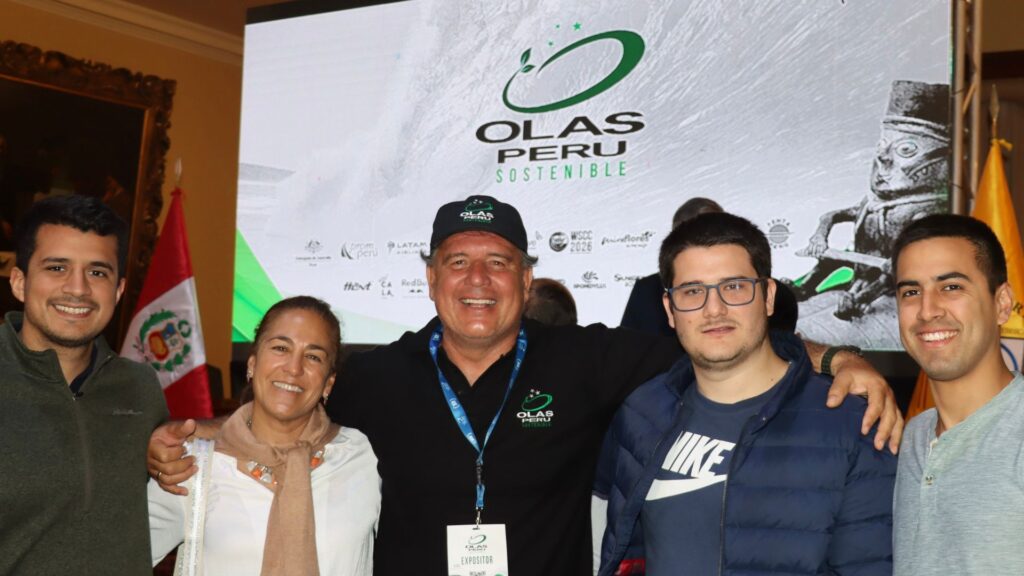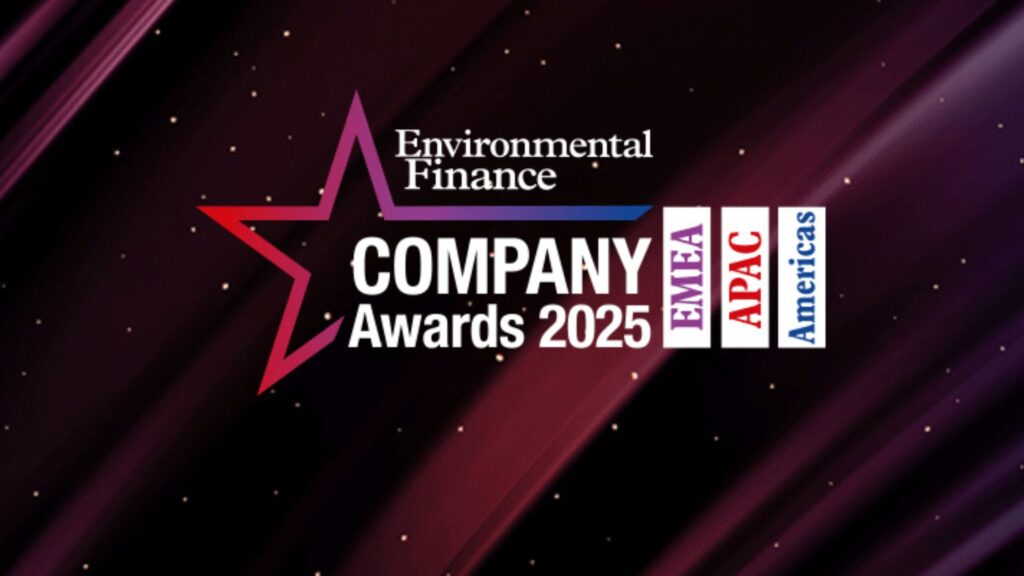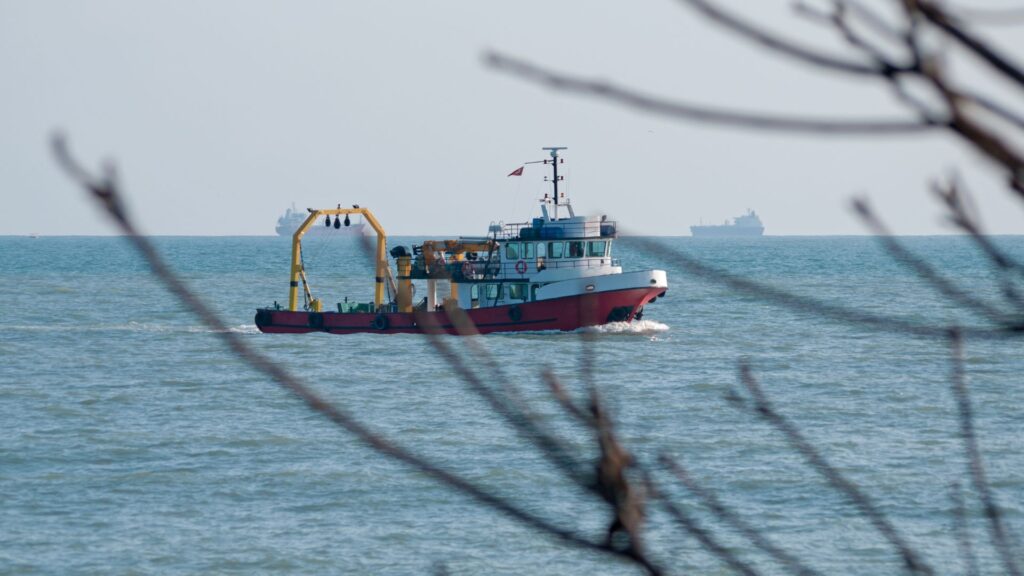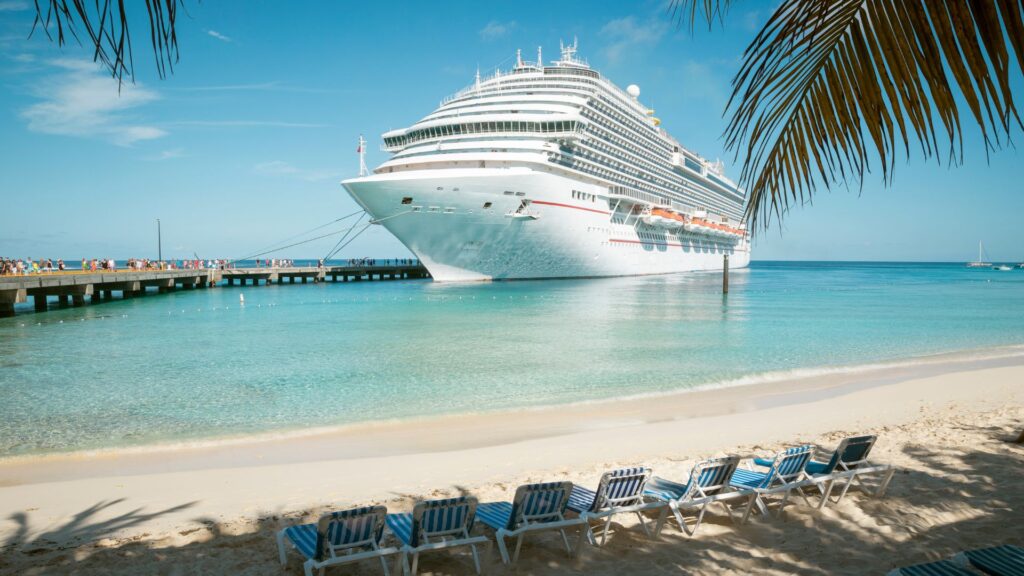Riding the Wave of Change: How Roberto Meza “Muelas” Is Mobilizing Peru’s Surf Industry Toward Innovative Climate- and Nature-Positive Action
The ocean has always been Peru’s stage for surf legends. Today, it’s also becoming the frontier of climate leadership—thanks to visionaries like Roberto “Muelas” Meza, founder of Olas Perú and Global Ambassador of the World Surf Cities Network (WSCN). Earlier this month, Olas Perú officially launched its 2025–2028 Sustainability Plan at the Municipal Palace of Miraflores. The event marked a milestone not only for Peruvian surf culture but for global sustainability in sports. With this initiative, Olas Perú reaffirmed its role as the world’s first carbon-neutral surf school, setting the standard for surf communities everywhere. From Surfboards to Sustainability Boards Under the leadership of Meza and Director Silvana Pastorelli, Olas Perú’s new plan revolves around five strategic pillars: “This plan is not just a document—it’s our commitment to Peru, to the ocean, and to future generations,” said Pastorelli. “We invite everyone to paddle together toward a surf culture that inspires, regenerates, and transcends.” For Meza, sustainability isn’t an accessory—it’s the new wave that must carry the entire surf ecosystem forward. As an active voice within the WSCN, he has been instrumental in connecting surf cities like Miraflores and Cabo Blanco through shared goals of carbon neutrality, circular tourism, and climate-positive coastal management. Measuring Impact: From Commitment to Certification Olas Perú’s commitment to sustainability is backed by concrete results. In 2023, the organization conducted a rigorous carbon footprint measurement following ISO 14064-1:2018 and the Greenhouse Gas Protocol standards, covering all emission sources—from transportation to energy use and materials. These emissions were fully offset through Certified Emission Reductions (CERs) issued by the United Nations, derived from a renewable energy project in India, enabling Olas Perú to contribute to the global clean energy transition. This achievement positions Olas Perú not only as a pioneer in Latin America but as a model for surf schools worldwide, proving that sports can grow in harmony with the planet. The Power of Partnership The launch event brought together key partners and institutions shaping Peru’s green transition. Representatives from PromPerú, CANATUR, Hazla por tu Ola, LATAM Airlines, and the Municipality of Miraflores joined the discussion panel “Surf and Sustainability: Waves of Change for Peru.” Their collective message was clear: sustainability in sports thrives when public and private sectors paddle in the same direction. Olas Perú’s leadership was also recognized with the Marca Perú (Peru Brand) distinction, underscoring its role as an ambassador for responsible tourism and national pride. Miraflores and Cabo Blanco: Twin Beacons of Climate Action The Mayor of Miraflores, Carlos Canales, highlighted the district’s recognition as an official Surf City within the WSCN—thanks in large part to Olas Perú’s decades of work. Miraflores now stands beside other Peruvian coastal destinations like Cabo Blanco, which recently advanced its own sustainability agenda through the Turismo Circular Perú project, financed by AECID and the European Union and implemented with the Green Initiative. While Miraflores symbolizes the urban surf model of circular governance, Cabo Blanco represents the community-driven transformation of rural coastal tourism. Together, they embody Peru’s emerging identity as a global laboratory for climate and nature-positive development in surf cities. A Movement That Transcends the Ocean With over 33 years of history, Olas Perú continues to inspire athletes, educators, and policymakers to view surfing not only as a sport but as a vehicle for environmental restoration and social inclusion. By integrating education, circular economy principles, and ecosystem conservation into its operations, Olas Perú demonstrates how surf schools can become agents of decarbonization—turning every wave into a ripple of positive impact.Through the guidance of Roberto “Muelas” Meza and the support of partners like Green Initiative, PromPerú, and WSCN, the country is charting a new course: one where sustainability is as natural as the tide and where Peru’s surf cities ride together toward a climate-positive future. This article was written by Musye Lucen from the Green Initiative Team. Related Reading










